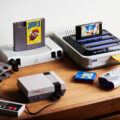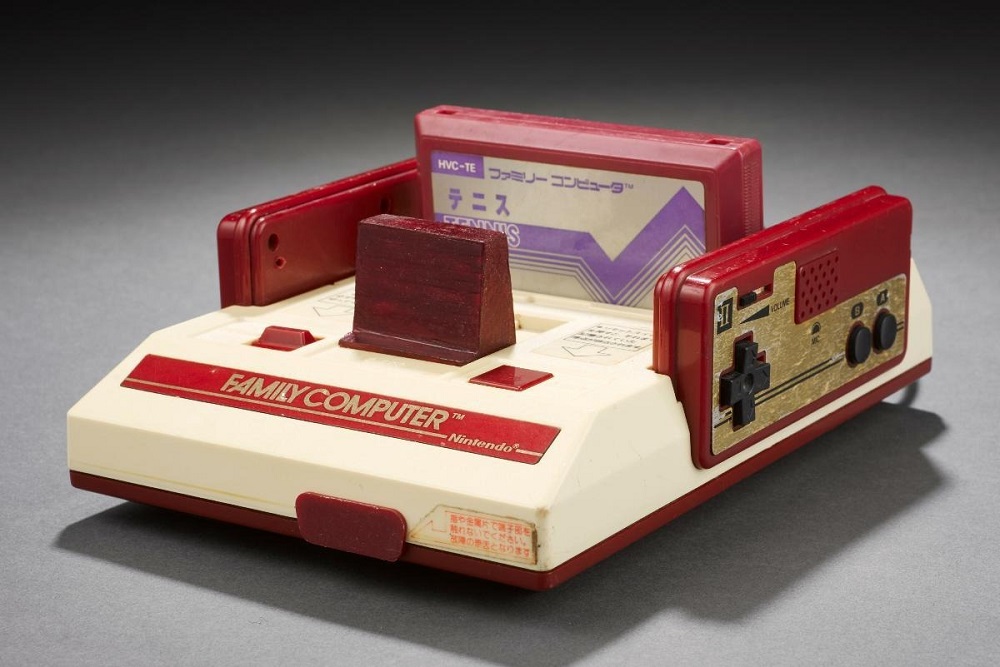For every iconic controller that shaped gaming — like the NES D-pad or the PlayStation DualShock — there are countless obscure peripherals that came and went with little fanfare. Some were innovative, others baffling, and many remain buried in gaming history.
From strange controllers to bizarre add-ons, these peripherals tell a fascinating story of experimentation. In the retro era, companies were willing to take risks, even if most of them didn’t succeed.
Here’s Oldies Nest’s look at the rarest and strangest console peripherals you’ve probably never heard of — and why collectors love them today.
Nintendo Power Glove (NES, 1989)

Immortalized in pop culture thanks to The Wizard movie, the Power Glove promised motion control decades before the Wii.
- How it worked: Sensors translated arm movements into game commands.
- Why it failed: Clunky, imprecise, and supported by very few games.
- Why it’s remembered: A cult classic for its “so bad, it’s good” reputation.
Though impractical, it paved the way for future motion-control experiments. (See Why the NES Controller Became the Standard for what actually worked.)
Sega Activator (Genesis, 1993)

An octagonal ring placed on the floor, the Sega Activator was another attempt at motion gaming.
- Concept: Break infrared beams with body movements to control the game.
- Problem: Inputs were unreliable, making games nearly unplayable.
- Legacy: Rare and often cited as one of Sega’s strangest failures.
This, alongside the Sega Saturn’s struggles, shows how Sega often overreached with risky peripherals.
Konami LaserScope (NES, 1990)
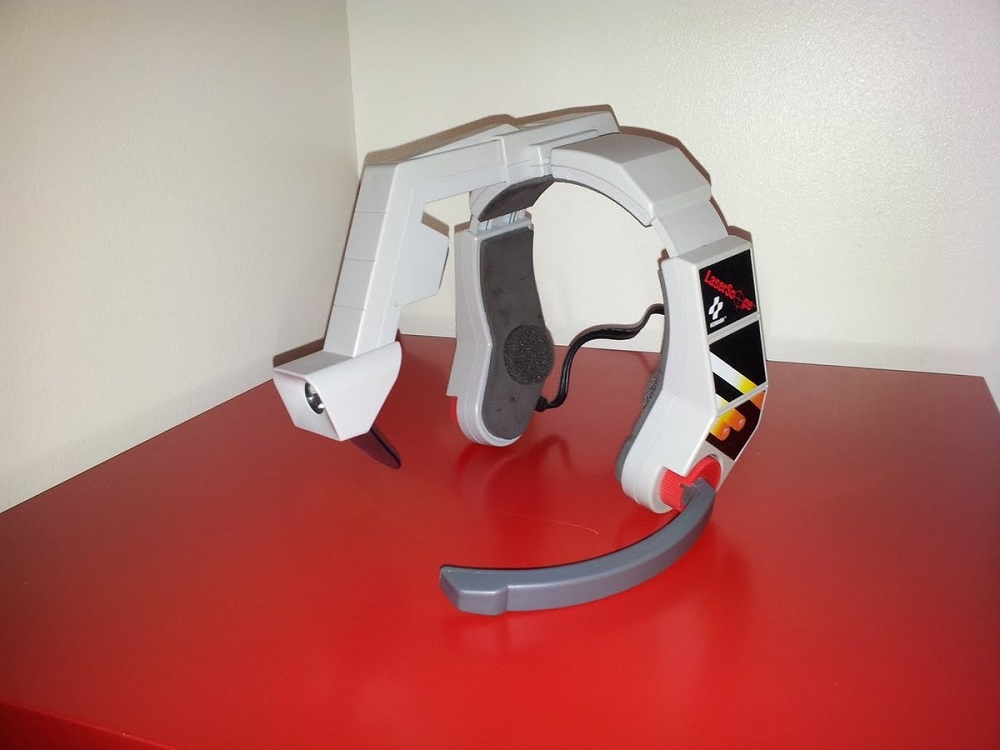
A headset peripheral with a microphone, the LaserScope allowed players to fire weapons in Laser Invasion by shouting “FIRE!”
- Flaw: The microphone picked up any noise, causing constant misfires.
- Collector’s Note: Rare to find complete in box, making it a quirky addition to NES collections.
Nintendo R.O.B. (NES, 1985)
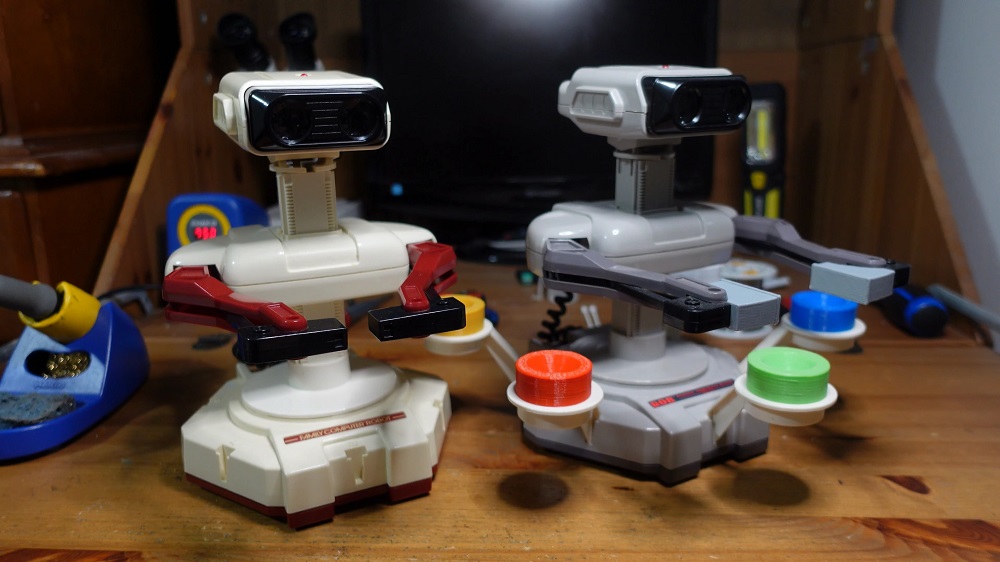
The Robotic Operating Buddy (R.O.B.) wasn’t just a toy — it was Nintendo’s clever marketing trick.
- Purpose: Positioned the NES as an “entertainment system” after the 1983 crash.
- Games Supported: Only Gyromite and Stack-Up.
- Why It Matters: Helped Nintendo get into U.S. toy stores, securing the NES’s success.
Though limited, R.O.B. remains a prized collectible and an icon of Nintendo’s ingenuity.
Dreamcast Fishing Controller (1999)
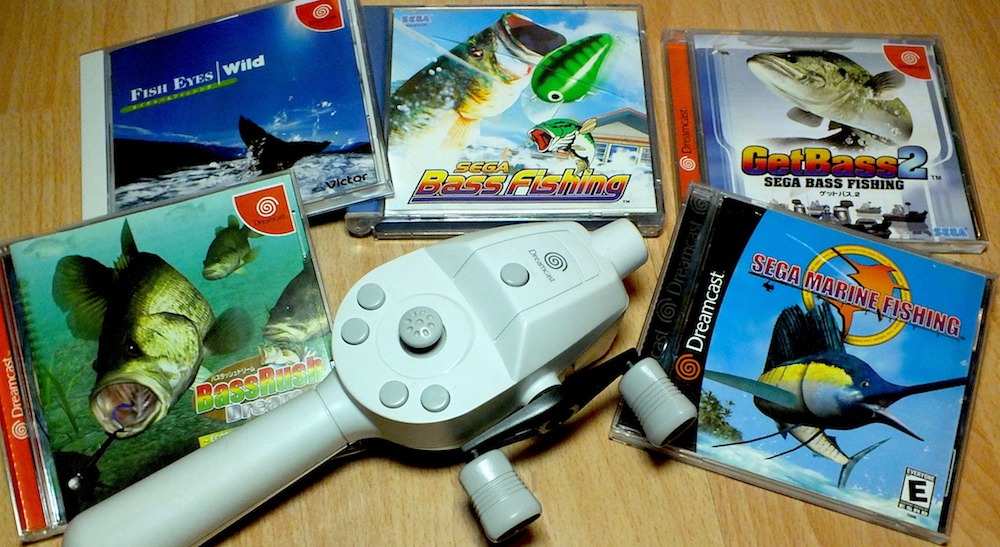
Leave it to Sega to create one of the weirdest yet most fun peripherals: the Dreamcast Fishing Rod.
- Games: Sega Bass Fishing and other quirky titles.
- Features: Motion detection to simulate casting and reeling.
- Legacy: Surprisingly enjoyable and still beloved by Dreamcast fans.
This fits into the Dreamcast’s legacy of bold experiments.
Atari Mindlink (Prototype, 1984)
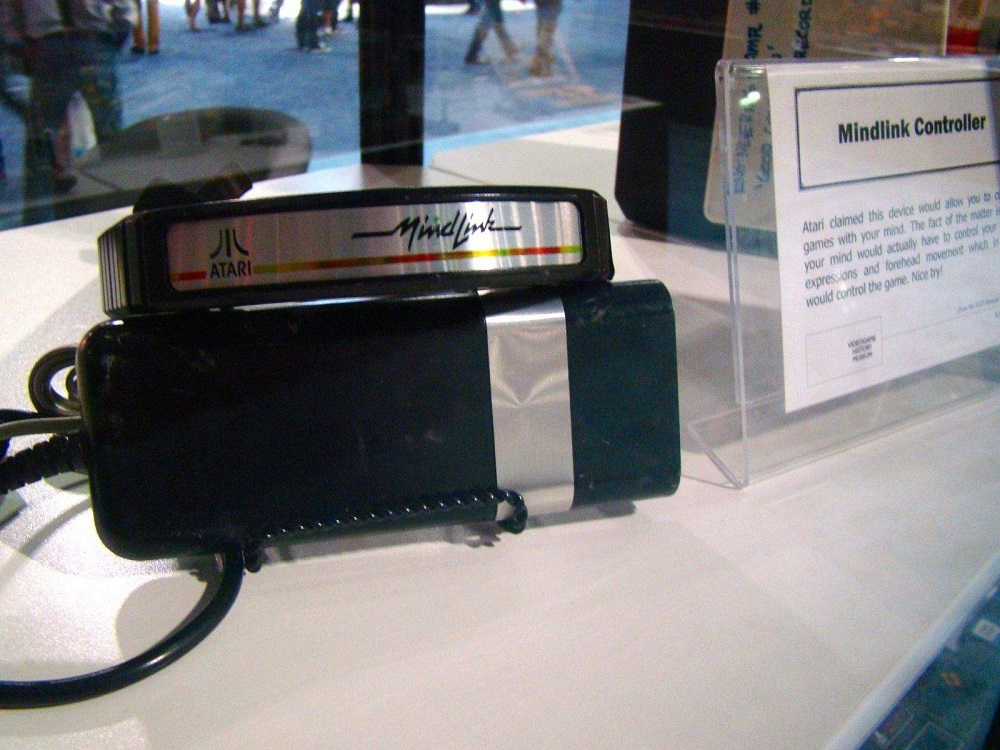
Perhaps the strangest peripheral never to hit shelves, the Atari Mindlink claimed to read players’ brainwaves.
- Reality: It only measured muscle movements in the forehead.
- Reason Canceled: Inaccurate and uncomfortable to use.
- Status: Extremely rare prototypes occasionally surface among collectors.
Game Boy Camera & Printer (1998)
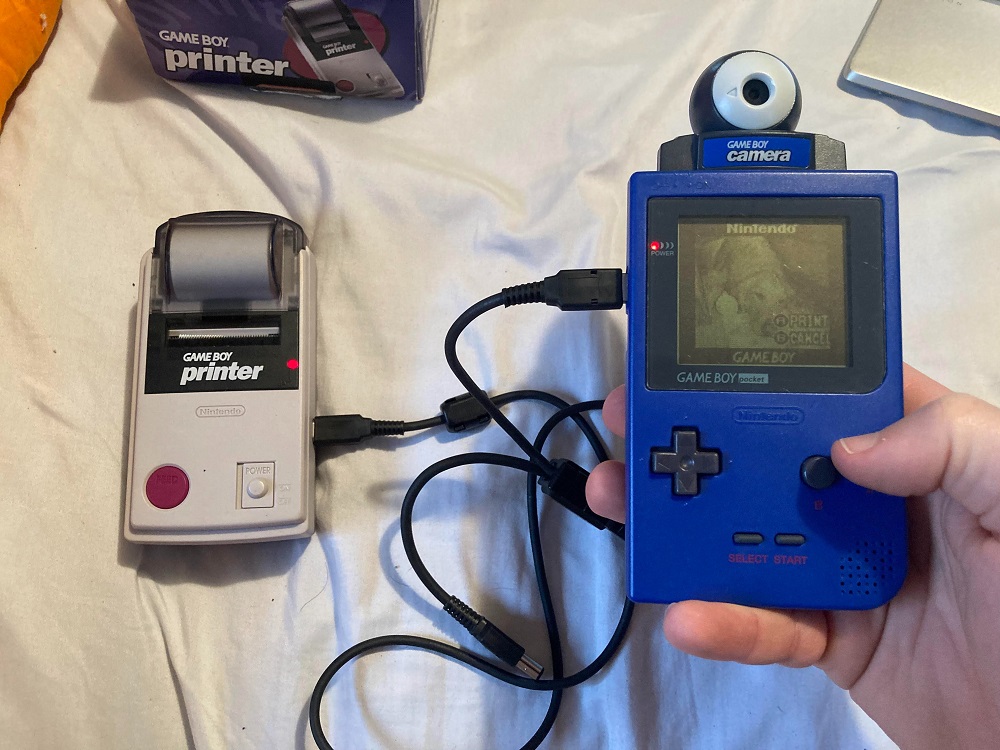
Not every rare peripheral was a failure. The Game Boy Camera and Printer turned the handheld into a portable photography device.
- Uses: Snap pixelated photos, print them on thermal paper.
- Charm: Ahead of its time for creativity.
- Collector Value: Highly sought after, especially boxed with paper rolls intact.
PlayStation Analog Joystick (1996)

Before the DualShock became standard, Sony tested the waters with the Analog Joystick, a massive twin-stick flight-style controller.
- Games: Supported titles like Ace Combat and MechWarrior.
- Problem: Expensive, bulky, and niche.
- Legacy: A stepping stone to the iconic DualShock.
TurboGrafx-16 TurboBooster (1989)
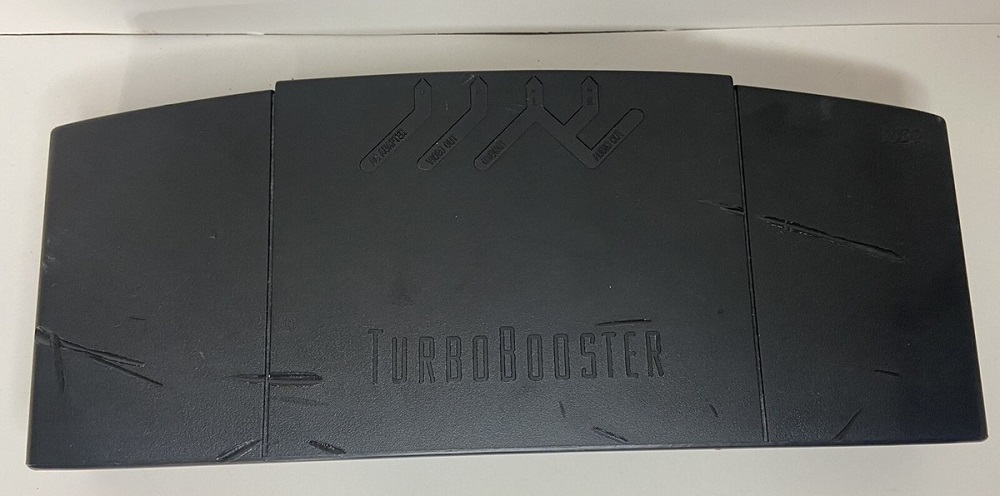
Hudson Soft’s add-on gave the TurboGrafx-16 high-quality video and audio outputs.
- Issue: Expensive and limited availability.
- Why it matters: Demonstrated NEC’s commitment to technical fidelity.
- Collector Value: Rare and pricey on today’s market.
Hori Twin Sticks (Dreamcast, 2000)
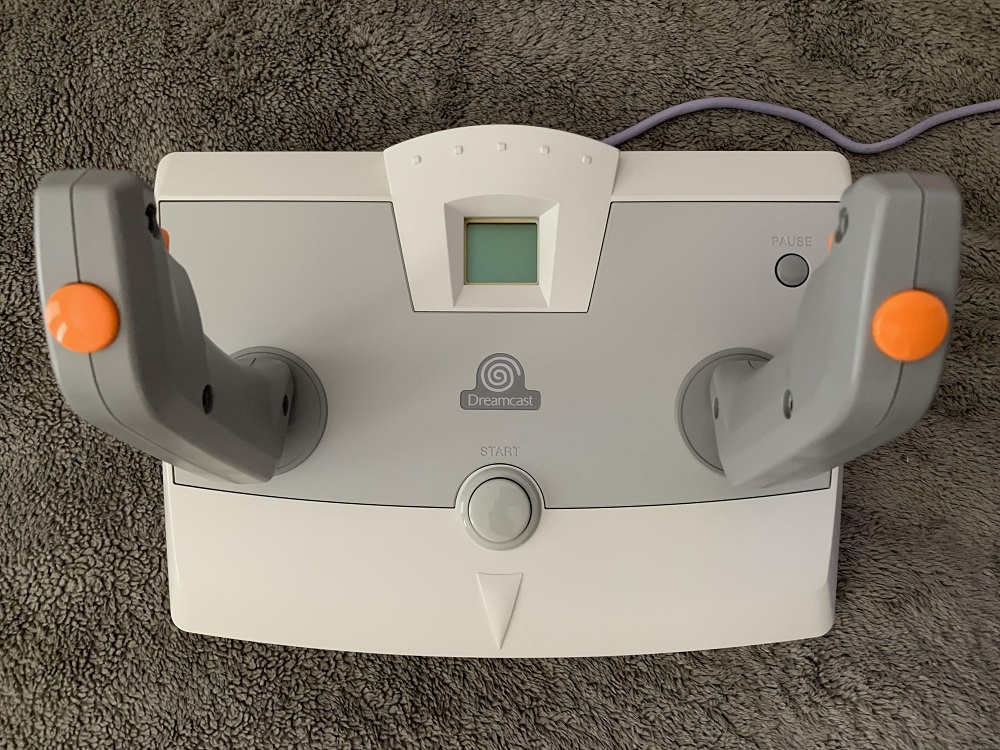
Designed for Virtual On: Oratorio Tangram, the Twin Sticks mimicked the arcade cabinet experience.
- Experience: Perfect for mecha battles, but only supported a handful of games.
- Collector Status: Niche but highly valued by fans of the series.
Why Rare Peripherals Fascinate Collectors
Collectors love rare peripherals because they:
- Represent gaming’s experimental side.
- Are often produced in limited quantities.
- Tell stories about what companies thought the “future of gaming” would look like.
This ties into the broader trend of retro game collecting, where unusual items often fetch surprising value.
From robotic buddies to brainwave headsets, these rare peripherals remind us that gaming’s history is filled with experimentation. While most failed commercially, they pushed boundaries and captured imaginations.
In 2025, these devices stand as artifacts of a time when companies were unafraid to get weird — a reminder that innovation sometimes means risk, even if the results are strange.
For collectors and retro fans, hunting these oddities is part of the joy of preserving gaming history.


